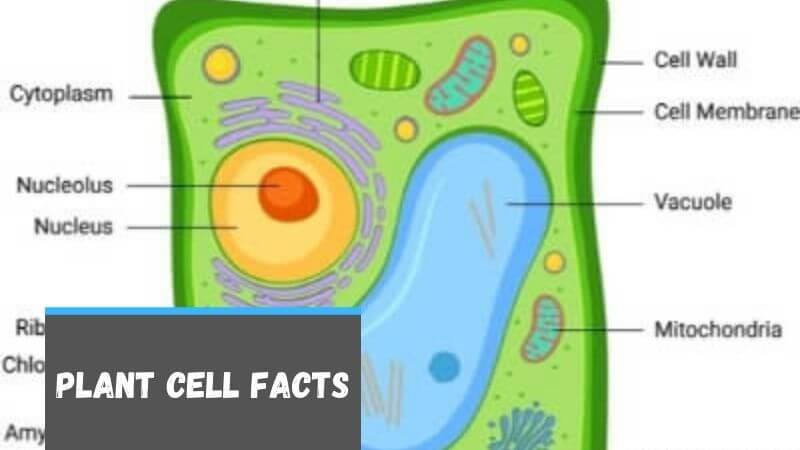
This web page contains plant cell facts for kids and is an excellent resource for anyone of any age looking to learn about the cells in plants. Our goal is to provide you with accurate, up to date facts about plant cells.
In addition to facts about plant cells, we provide diagrams of a plant cell and pictures of plant cells.
The plant cell facts below will help you learn what a plant cell is, the characteristics of a plant cell, the different types of plant cells, parts of a plant cell and other plant cell facts.
We hope these plant cell facts are useful and help you learn more about the eukaryotic cells in plants.
If any of the below plant cell facts are inaccurate, please contact us and let us know.
21 Plant Cell Facts for Kids
1. A plant cell is the smallest biological unit of life found in plants.
2. A plant cell is classified as a eukaryotic cell.
3. A eukaryotic cell has a nucleus and organelles surround by a membrane.
4. Plant cells are very small and can only be viewed using a microscope.
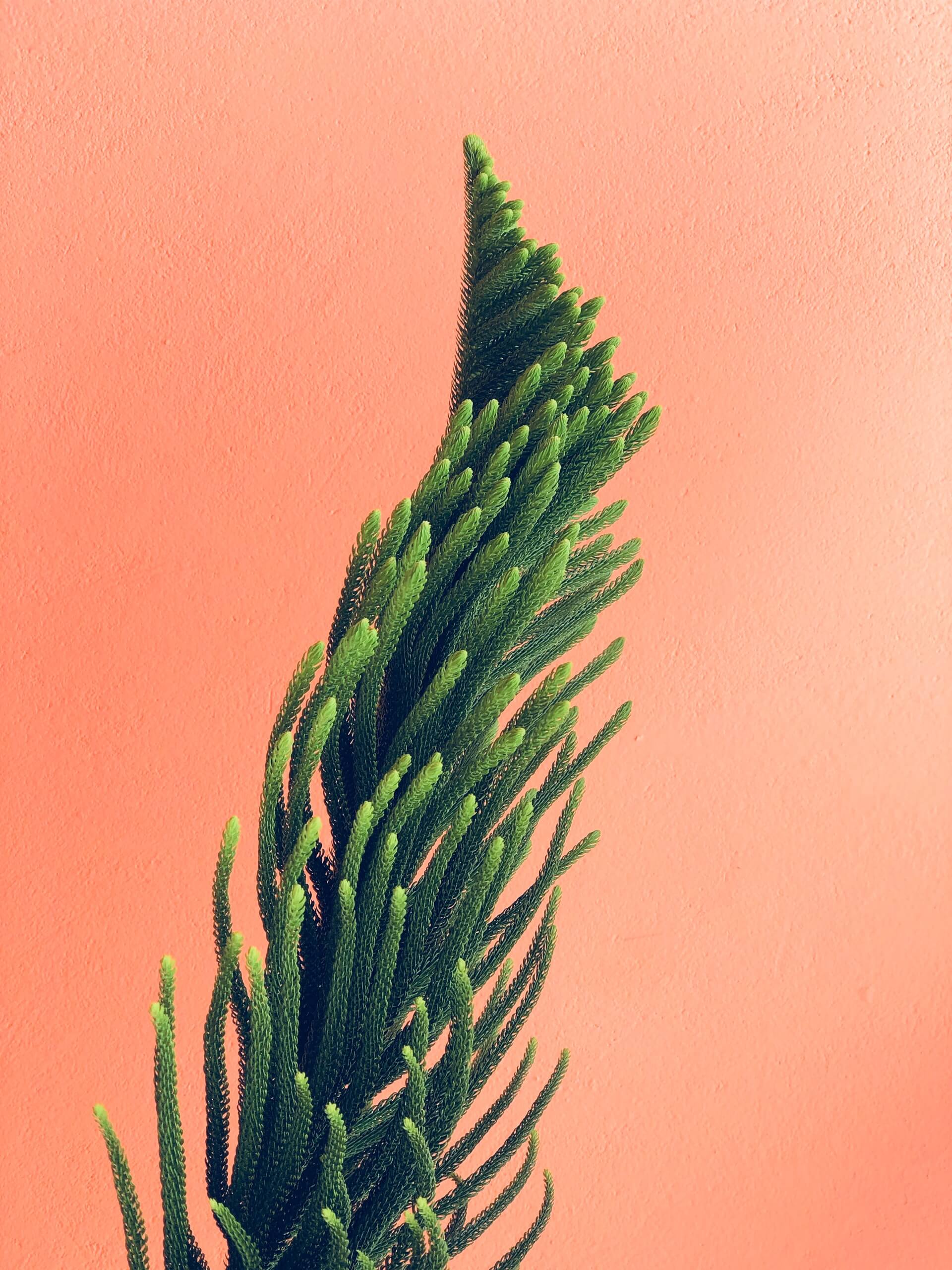
5. A plant cell can be between 0.01 and 0.1 millimeters in size.
6. Plant cells are the only known cells on the planet that can produce their own food.
7. Plant cells are complex and have many different parts to support its functions.
8. A plant cell has a rectangular shape. It’s held together and protected by a cellulose cell wall and membrane.
9. A plant cell is made up of cellulose, chloroplasts, chlorophyll, endoplasmic reticulum, Golgi apparatus, nucleus, microtubules, mitochondria, plasma membrane and vacuole.
10. A plant cell contains cellulose. It’s the material that makes up a plant cell’s wall.
11. A plant cell contains chloroplasts. They are special organelles that conduct the photosynthesis process.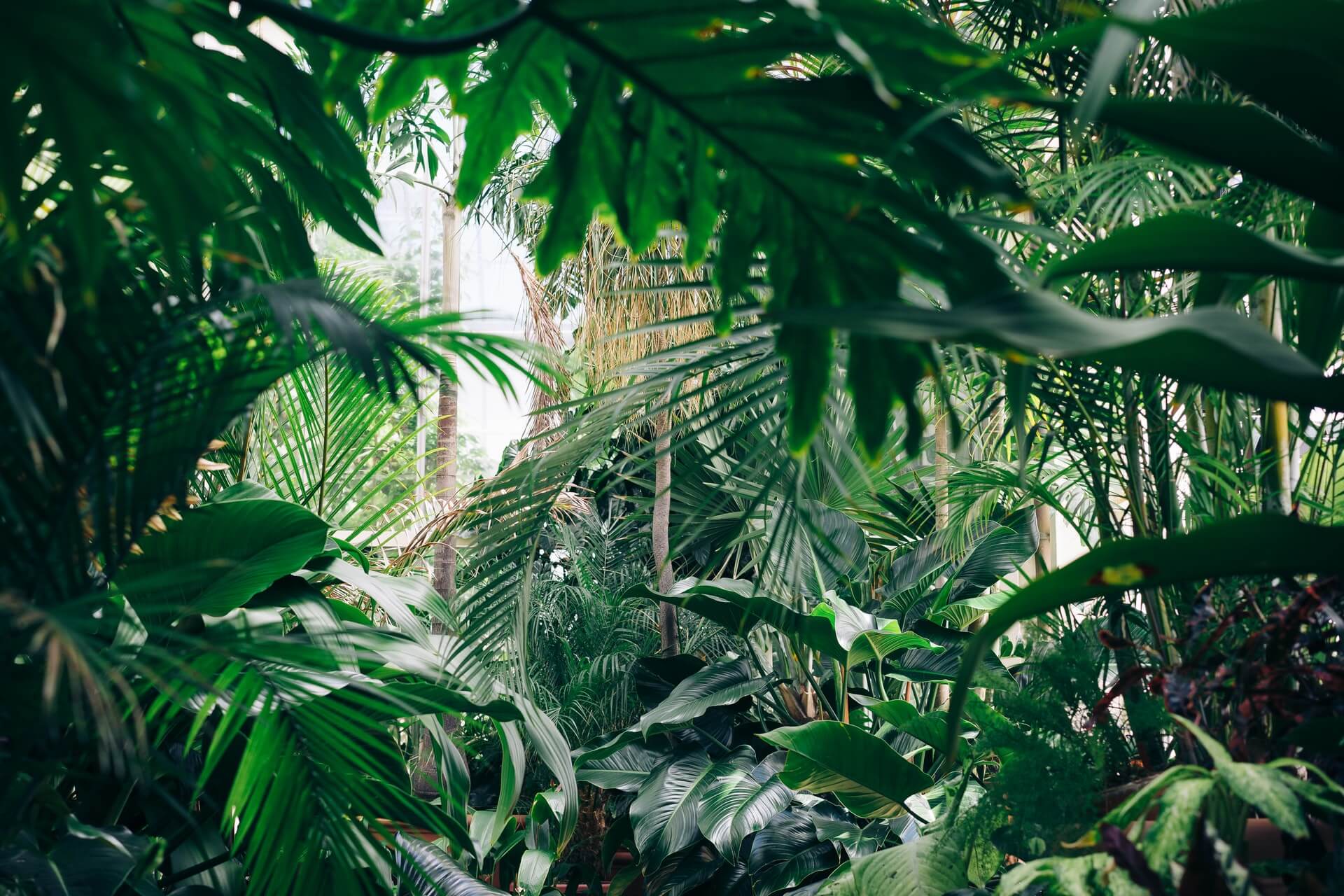
12. The photosynthesis process is where a plant uses carbon dioxide, water and nutrients to create glucose (sugar) and oxygen. The glucose is used as energy, while oxygen is the waste byproduct.
13. Chloroplasts contain chlorophyll. Chlorophyll absorbs radiant energy from sunlight.
14. A plant cell contains endoplasmic reticulum. It controls the movement of chemicals to the nucleus.
15. A plant cell contains a nucleus that controls the functions of the cell, stores DNA and copies DNA.
16. A plant cell contains mitochondria. It’s the powerplant that provides energy to the cell.
17. A plant cell contains a vacuole. It’s the storage site of a plant cell for both nutrients and waste.
18. Plant and animal cells have many similarities and differences.
19. A plant cell has three things an animal doesn’t, chloroplast, cell wall and a vacuole.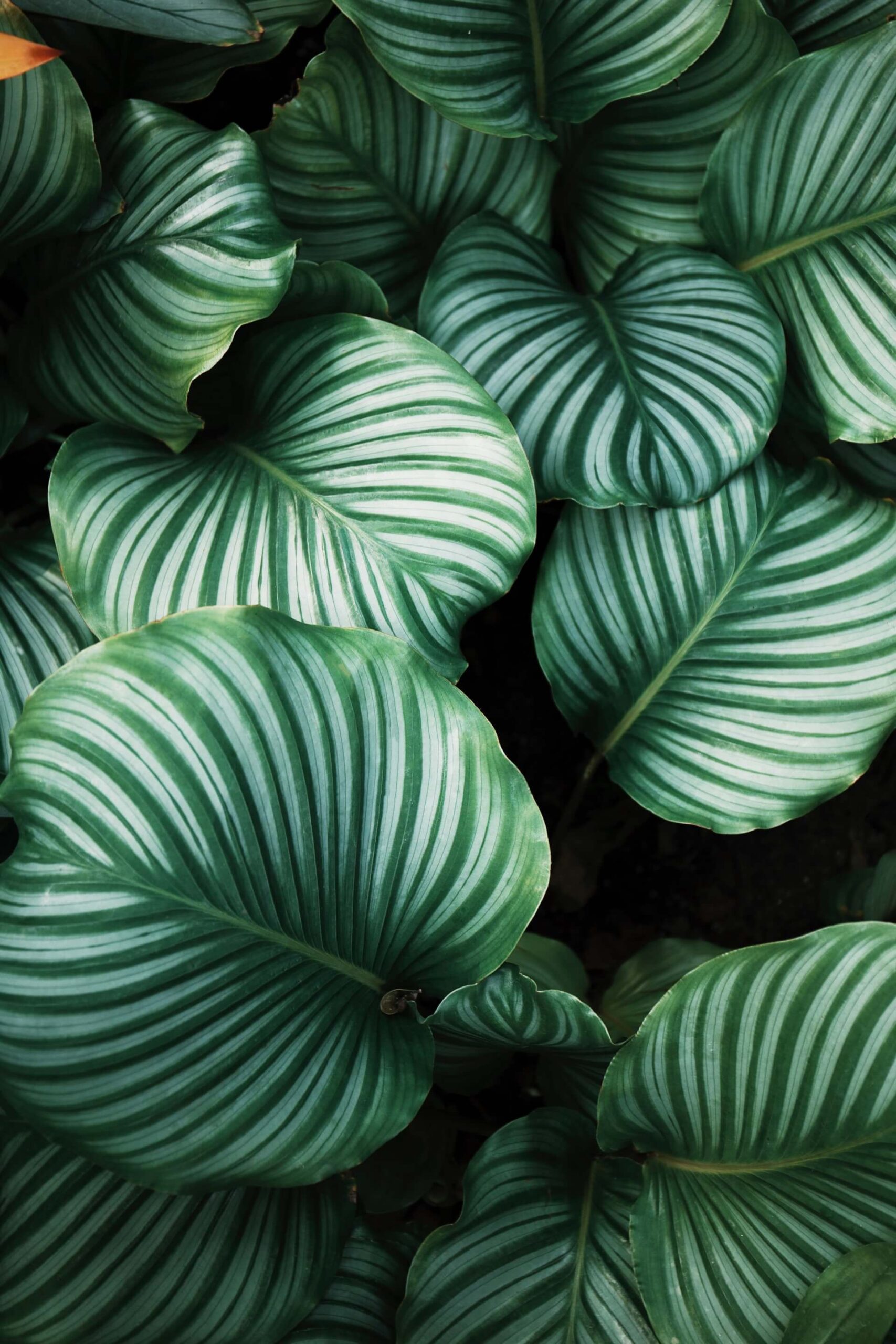
20. An animal cell has an irregular shape while a plant cell has a rectangular shape.
21. Plant cells are typically larger than animal cells. An animal cell can have a size between 0.01 and 0.03 millimeters while a plant cell can have a size between 0.01 and 0.1 millimeters.
Pictures of Plant Cells
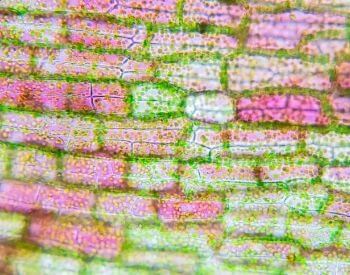
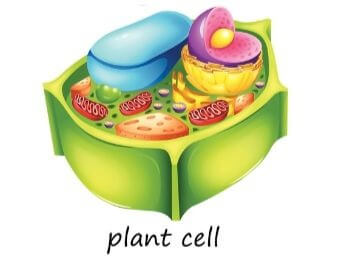
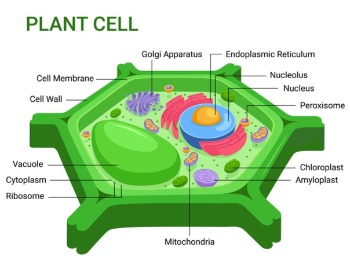
Find More Facts About Plant Cells
- The Structure of a Plant Cell – Discover the structure of a plant cell on the Florida State University website.
- Plant Cells, Chloroplasts, and Cell Walls – Learn about plant cells, chloroplasts, and cell walls on the Nature Education website.
- Plant Cell – Brtiannica – Find more facts about plant cells on the Britannica website.
- Plant Cell – Wikipedia – Read more about plant cells and their functions on the Wikipedia website.
